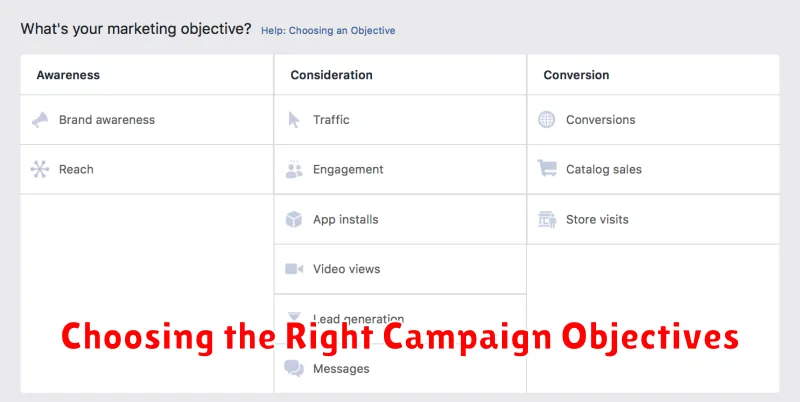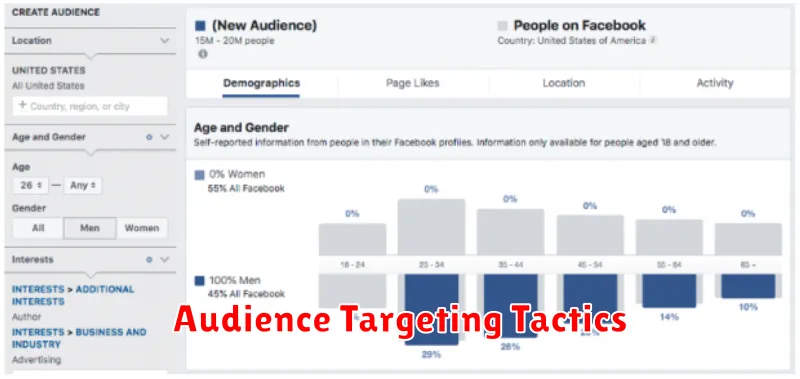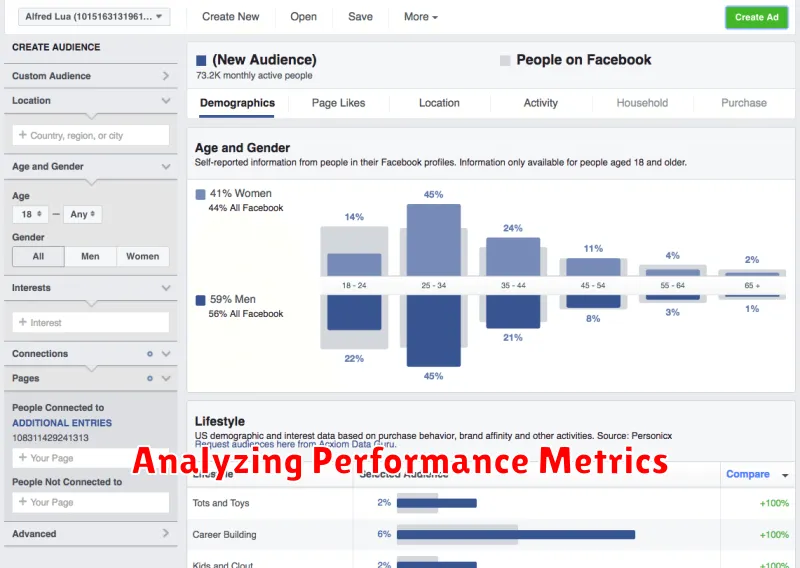Are you struggling to generate leads and sales from your Facebook advertising campaigns? Do you feel like you’re pouring money into ads without seeing a substantial return on investment? This article will provide a comprehensive guide on how to build a Facebook Ads funnel that actually converts. We’ll cover everything from defining your target audience and crafting compelling ad copy to optimizing your landing pages and retargeting strategies. Learn how to effectively utilize the power of Facebook Ads to build a sales funnel that drives conversions and maximizes your ROI. By understanding the principles of a high-converting Facebook Ads funnel, you can transform your Facebook advertising efforts from a cost center into a powerful revenue generator.
Building a successful Facebook Ads funnel requires a strategic approach that goes beyond simply creating ads. This guide will delve into the key components of a winning funnel, including awareness, consideration, and conversion stages. We’ll explore proven tactics for moving potential customers through each stage of the funnel, from initial engagement to final purchase. Whether you’re a seasoned marketer or just starting out with Facebook Ads, this article will provide you with the knowledge and tools you need to build a high-converting Facebook Ads funnel and achieve your marketing objectives.
Understanding the Funnel Stages
A successful Facebook Ads funnel mirrors the customer journey. It’s typically divided into three key stages: Awareness, Consideration, and Conversion. Each stage requires a distinct approach in terms of ad targeting, creative, and messaging.
At the Awareness stage, your goal is to introduce your brand and product to a cold audience. Focus on grabbing attention and sparking interest.
The Consideration stage targets users who have shown initial interest. Here, you provide more information about your product’s benefits and address potential concerns.
Finally, the Conversion stage focuses on driving sales. Target warm audiences who have interacted with your brand and nudge them towards making a purchase.
Choosing the Right Campaign Objectives

Selecting the correct campaign objective is the crucial first step in building an effective Facebook Ads funnel. Your objective should align directly with your overall marketing goal. Facebook offers various objectives categorized by stages of the marketing funnel: Awareness, Consideration, and Conversion.
For the Awareness stage, focus on objectives like Brand Awareness and Reach to introduce your brand to a wider audience. If your goal is Consideration, choose objectives such as Traffic, Engagement, App Installs, Video Views, or Lead Generation to encourage interaction and interest. Lastly, for the Conversion stage, opt for objectives like Conversions, Catalog Sales, or Store Traffic to drive sales and other valuable actions.
Aligning your campaign objective with your desired outcome ensures that Facebook’s algorithms optimize your ads for the right audience and actions, ultimately maximizing your return on investment.
Creating Compelling Ad Creatives

Your ad creative is the first, and often only, impression you make on potential customers. It’s crucial to create visuals and copy that grab attention and entice clicks. High-quality images and videos are essential. They should be visually appealing and relevant to your target audience.
Keep your message concise and focused on a single value proposition. Clearly communicate the benefit of clicking your ad. What problem are you solving? What desire are you fulfilling? A strong call to action is also essential. Tell people what you want them to do, whether it’s “Shop Now,” “Learn More,” or “Sign Up.”
Consider using different ad formats to see what resonates best with your audience. Experiment with single image ads, carousel ads, and video ads. A/B testing different creatives is crucial for optimizing your campaign performance and maximizing your return on investment.
Audience Targeting Tactics

Effective audience targeting is crucial for a successful Facebook Ads funnel. Precise targeting ensures your ads reach the right people, maximizing your budget and conversion rates.
Start with core audiences. Define your ideal customer based on demographics, interests, and behaviors. Facebook’s detailed targeting options allow for granular control, enabling you to reach specific segments within your target market.
Leverage custom audiences. Upload customer lists (emails, phone numbers) to target existing customers or leads. This is highly effective for retargeting campaigns and promoting upsells or cross-sells.
Explore lookalike audiences. Facebook can analyze your custom audiences and find similar users who are likely to be interested in your offerings. This is a powerful way to expand your reach and acquire new customers.
Retargeting Strategy Explained
Retargeting, also known as remarketing, is a powerful strategy within your Facebook Ads funnel. It focuses on re-engaging users who have previously interacted with your brand but haven’t converted into paying customers.
Imagine a potential customer visiting your website, adding an item to their cart, but then leaving without completing the purchase. Retargeting allows you to show these users targeted ads reminding them of the product they abandoned, potentially leading them back to complete the purchase.
How it works: Facebook Pixel, a piece of code installed on your website, tracks user activity. This data allows you to create custom audiences based on specific actions, like visiting a product page, adding to cart, or initiating checkout. You can then tailor your ad campaigns to these specific audiences, delivering highly relevant messages and offers.
Analyzing Performance Metrics

Analyzing performance metrics is crucial for optimizing your Facebook Ads funnel. By understanding the data, you can identify areas for improvement and scale what’s working.
Key metrics to track include:
- Click-Through Rate (CTR): Measures how often people click on your ad after seeing it. A higher CTR indicates a more engaging ad.
- Conversion Rate: Tracks the percentage of users who complete a desired action, such as making a purchase or filling out a form.
- Cost Per Click (CPC): Represents the amount you pay for each click on your ad.
- Cost Per Acquisition (CPA): Shows the cost associated with acquiring a new customer or lead.
- Return on Ad Spend (ROAS): Calculates the revenue generated for every dollar spent on advertising.
Regularly monitoring these metrics will allow you to identify bottlenecks in your funnel and make data-driven decisions to improve your overall campaign performance.

